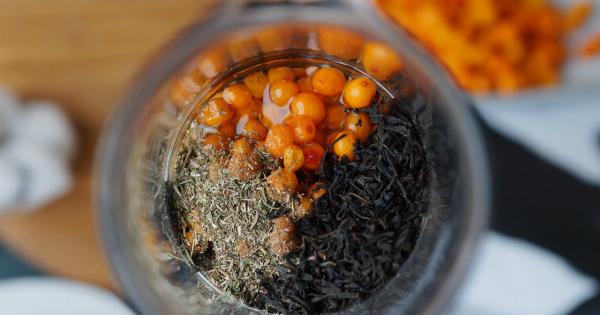Food dyes have become an integral part of the modern food industry. These vibrant additives are commonly used to enhance the appearance of various foods and beverages.
From brightly colored candies to vibrant soft drinks, food dyes are omnipresent in our daily lives. However, there has been a growing concern about the potential health risks associated with these artificial coloring agents.
Understanding Food Dyes
Food dyes are synthetic or natural substances used to add color to food and drinks. These dyes are available in a wide range of shades, allowing manufacturers to create visually appealing products.
Often, multiple food dyes are combined to achieve the desired color. Some commonly used food dyes include Red 40, Blue 1, Yellow 5, and Yellow 6.
The Controversy Surrounding Food Dyes
Concerns about the safety of food dyes and their potential side effects have been a topic of debate for years.
Some studies suggest that these additives may contribute to various health issues, including hyperactivity in children, allergies, and even cancer. However, the scientific community remains divided on the matter.
Hyperactivity in Children
One of the most controversial aspects surrounding food dyes is their potential role in hyperactivity, particularly in children. Studies have found a possible link between artificial food dyes and increased hyperactive behavior in some children.
However, other research has failed to replicate these findings, leading to conflicting conclusions.
Allergic Reactions
Food dyes have also been associated with allergic reactions in susceptible individuals. Symptoms such as hives, itching, and swelling have been reported after consuming foods containing certain food dyes.
However, it is important to note that allergies to food dyes are relatively rare, and most people can consume them without experiencing any adverse effects.
Potential Cancer Risk
Another concern surrounding food dyes is their potential link to cancer. Some studies conducted on animals have suggested that certain food dyes, particularly Red 40 and Yellow 6, may have carcinogenic properties.
However, more research is needed to determine if these findings are applicable to humans.
The Role of Regulation and Safety
The use of food dyes is regulated by governmental authorities around the world. These agencies set acceptable daily intake limits to ensure that the consumption of food dyes remains within safe levels.
However, critics argue that these limits may not account for the cumulative effects of consuming multiple products containing food dyes on a daily basis.
Mitigating the Risks
While the debate surrounding the potential health risks of food dyes continues, there are steps individuals can take to minimize their exposure.
First and foremost, opting for natural alternatives, such as beet juice or vegetable extracts, can help avoid the consumption of artificial dyes. Additionally, reading labels carefully and limiting the intake of heavily dyed processed foods can also be beneficial.
Conclusion
Food dyes have become ubiquitous in the food industry, adding color and appeal to various products. While there are concerns about their potential health risks, the existing evidence is inconclusive and sometimes contradictory.
As with any food additive, moderation and awareness are key. By making informed choices and being mindful of their consumption, individuals can mitigate potential risks associated with food dyes.





























